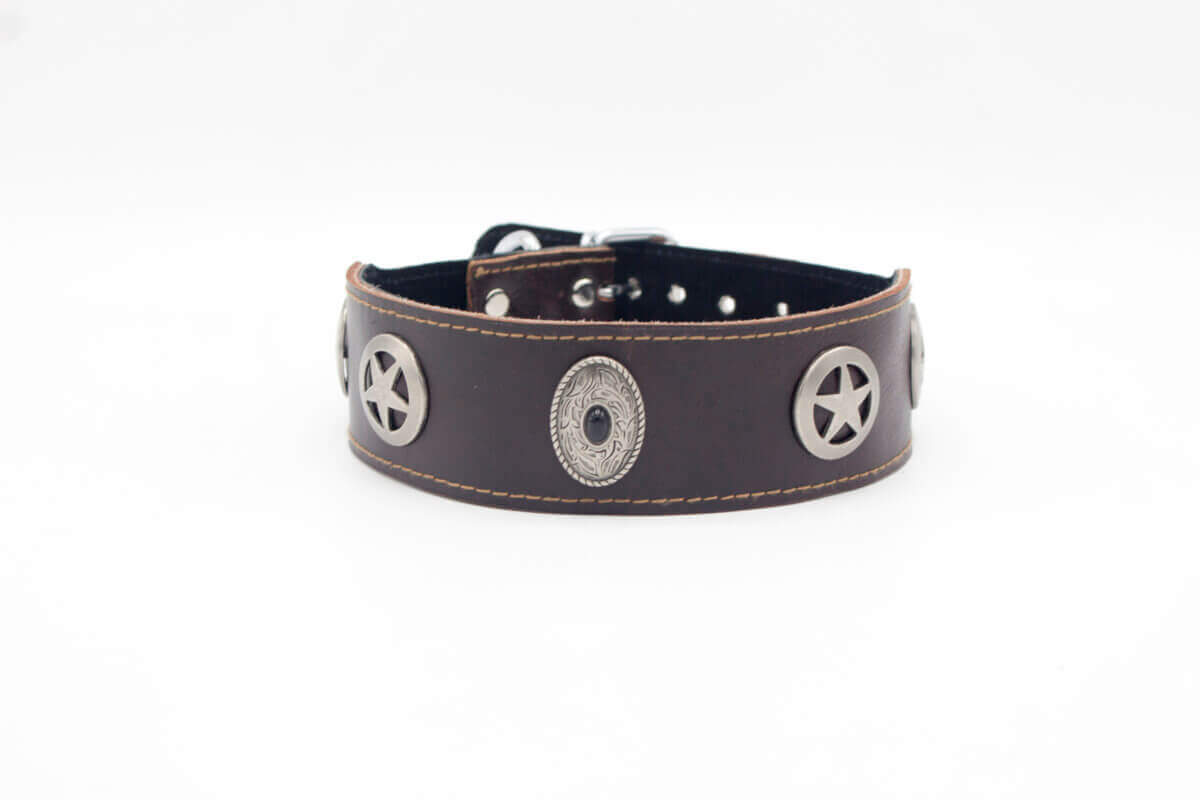No products in the cart.
News
How tight should a dog collar be?
Too tight dog collars can cause strangulation. Too loose a collar can allow your dog to wander and get lost. The best way to determine the correct fit for your pet is to measure their neck using flexible tape. Measure, and then compare the measurements to the size chart provided with your dog collar.
How to Measure the Correct Size Collar for Your Dog?
1-To determine the correct size for your dog’s collar. Measure around their neck at the base of the skull. Ensure the collar is tight enough to keep the dog from pulling away.
2-If you have a large or medium dog, use acollar one size larger than their neck measurement. If you have a small or toy dog, use a collar one size smaller than the neck measurement.
3-Never leave your dog unattended with a collar on that is too tight – it could cause serious injury.
4-Be sure to replace your dog’s collar when it becomes worn or damaged.
How tight should a dog collar be?
There is no definitive answer to this question as it depends on a variety of factors, including the size and weight of the dog, their activity level, and the type of collar being used.
However, a tight leash should not be put around a dog’s neck too tightly, as this can cause discomfort and inflammation.
A properly fitted collar should fit snugly but not restricting around the dog’s neck, with a width that is neither too wide nor too narrow.
When fitting a dog collar, it is important to ensure it is tight enough to prevent escape but not so tight as to cause discomfort or injury. Collars should also be fitted regularly to ensure they are still fit properly.
1-If your dog is wearing a too-tight collar, you can try to loosen the collar by pulling on the leash or using a key to turn the collar’s buckle.
2-If this is not possible, you may need to take your dog to a professional groomer or veterinarian to have the collar adjusted.
If you are unsure about the fit of your dog’s collar, you can use a measuring tape to take the circumference of the dog’s neck at the base of the skull. This measurement should be compared to the circumference of the appropriate size collar available.
While some dog owners believe that a loose collar is better for their pets, most experts agree that a tight collar is the best way to keep a dog under control.
A tight collar prevents the dog from escaping and restricts its breathing, and can cause injury if the collar becomes too tight.
When choosing a collar, ensure the size fits snugly and doesn’t leave room for the dog to move or breathe comfortably.
The benefits of tight dog collars
There are many reasons why a dog collar should be tight. One reason is that it can help to control the dog. If the collar is too loose, the dog may be able to move around more and get away from you.
A tight collar also makes it harder for the dog to chew on its neck or escape. However, if the collar is too tight, it can cause pain or even injury to the dog. It’s important to find a comfortable fit for your dog’s collar so that you and your pet are happy.
The risks of loose dog collars
There are a few risks associated with a loose dog collar. A loose collar can cause your dog to tangle in the leash, leading to an injury. A loose collar can also cause your dog to become lost or stray away from you.
Finally, a loose collar can lead to your dog becoming aggressive or disobedient. It is important to keep your dog secured by using a proper collar and leash set-up and ensuring the collar is tight enough to not loosen up.
If you are concerned that your dog’s collar is loose, you can check to see if it is secured by examining the buckle or clasp. If the collar is loose, you may need to replace it with a new one.
Conclusion
Like most dog owners, you probably have a few ideas about the perfect fit for your pup’s collar. But is that ideal fit actually necessary? In short, the answer may depend on your dog’s size and breed. Here are some general guidelines to help you determine just how tight a collar should be:
1-For smaller breeds (less than 25 pounds) use a snug but not a restrictive collar.
2-For larger breeds (25 pounds or more) use a slightly looser but effective collar.
3-If your dog pulls away from people or other dogs when wearing a collar, go up one size from where you typically buy collars.


